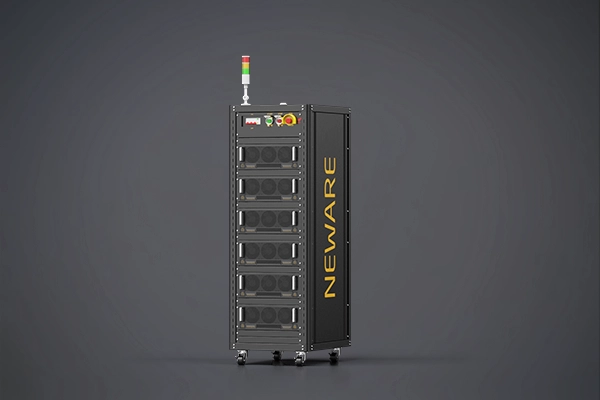
In the laboratory, many students have encountered the issue of low initial voltage in packaged button batteries. Possible reasons for this phenomenon are as follows:
1) Assembly Issues: This is the most likely cause. During the assembly process, misalignment of the positive electrode and lithium pieces, improper sealing of the separator, and poor consistency in manually assembled button cells can lead to low initial voltage. It is recommended to seek assistance from a skilled friend to assemble a few batteries for troubleshooting.
2) Electrolyte: Changing the electrolyte or deterioration of the electrolyte can also affect the potential difference within the battery system, significantly impacting the battery's performance.
3) Burr on Electrode: If there are burrs on the edges of the electrode, especially if they are severe, during sealing, the burrs may pierce the separator, causing micro-short circuits. In this case, it is necessary to check the blade of the sealing machine.
4) Packaging Pressure: As laboratory-assembled batteries generally lack a rolling process, there may be burrs on the edges of the electrode, combined with the uneven surface of lithium pieces. If the packaging pressure is too high, it may cause internal micro-short circuits.
5) Changes in Electrode Surface: Changes in the surface state of the electrode, possibly due to poor coating consistency or prolonged storage of the electrode, can also affect the potential difference and capacity of the positive and negative electrodes.
In addition, low battery capacity may be caused by the above factors leading to abnormal voltage. Alternatively, there may be other reasons, such as the sensitivity of ternary materials to moisture, which can affect capacity during storage or coating.
In summary, open-circuit voltage and capacity are influenced by multiple variables. It is necessary to comprehensively analyze and troubleshoot based on experimental conditions, environmental factors, operational consistency, charge-discharge curves, and other relevant information.







